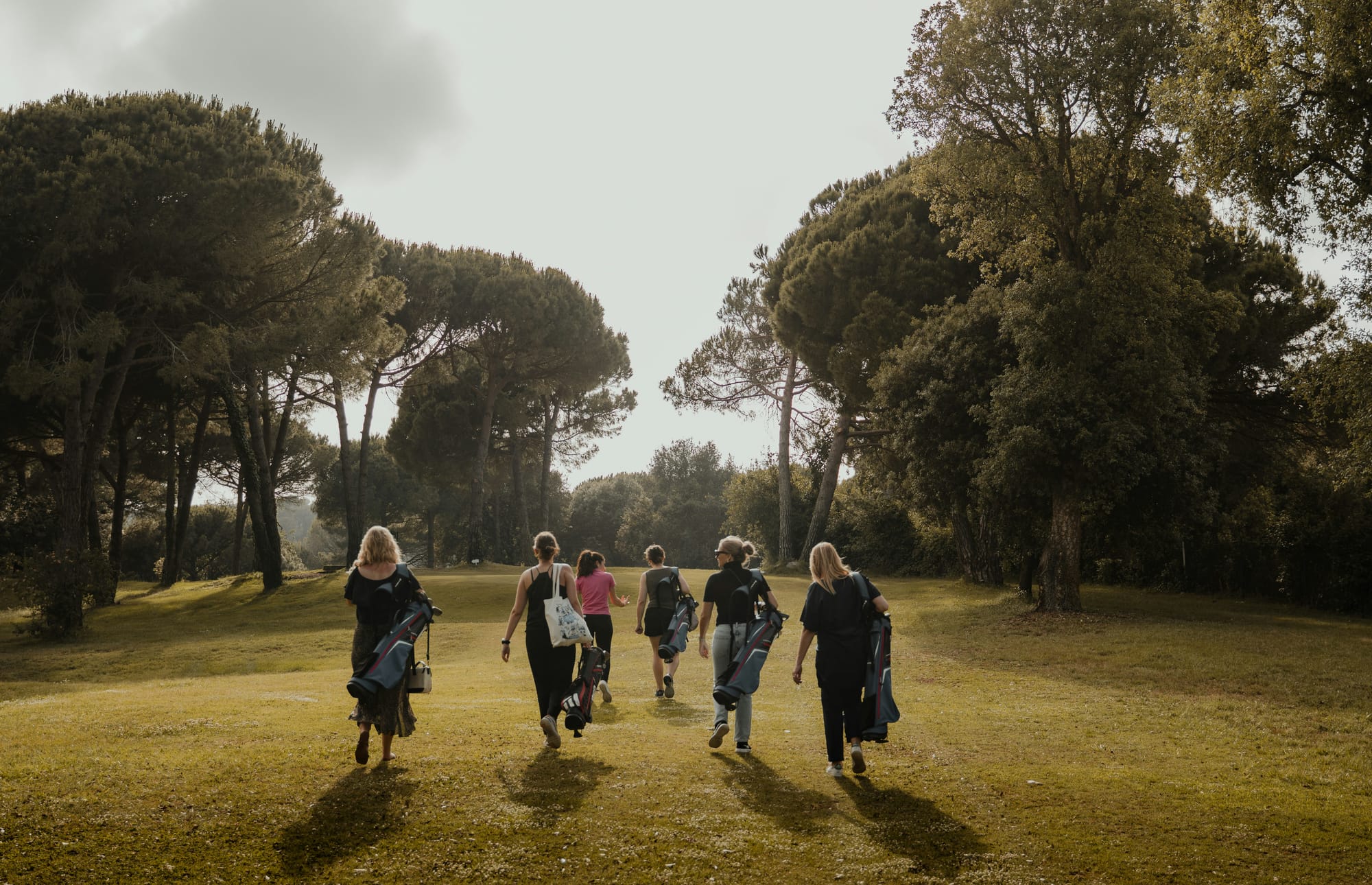Access to climate data is so important for building resilient communities, but in my experience, many people still struggle to use it effectively. In recent workshops and community conversations, we asked participants to rate their current ability to tell stories using climate data on a scale from 1 to 5. As shown in Figure 1, the majority of the 8 respondents gave a rating of either 1 or 2.

At Climate Resilient Communities (CRC), we’ve been listening closely to individuals who are eager to engage with climate data but often run into roadblocks. In our Data Storytelling for Climate Policy Advocacy workshop, we asked folks what they find most challenging about communicating climate data. As you can see in Figure 2, the most common responses were: making data accessible to non-experts (62.5%), choosing effective visualizations (50%), and uncovering compelling narratives within the data (37.5%).

Here’s more of a breakdown of the challenges:
- Making data accessible to non-experts: Too often, climate data is locked behind technical jargon or dense formats. I’ve seen how this can be especially frustrating for low-income community members or newcomers trying to understand local risks. For example, only 128 of 583 Toronto District School Board schools have air conditioning, exposing students and staff to extreme heat levels. Also access to cooling centres is unevenly distributed across neighborhoods, so without accessible, relevant data, local decision-making stalls.

- Choosing effective visualizations: Even when the data exists, turning it into something clear and meaningful can be tough. I’ve watched people’s eyes glaze over when presented with overly complex charts. A messy visual can hide the story instead of revealing it.

- Finding compelling narratives in the data: I truly believe that stories, not just numbers can move people to act. However, connecting the dots between stats and lived experience isn’t easy. An example is in Toronto’s St. James Town, with high-density area with limited green space, making residents especially vulnerable to heat. Local leader, Lidia Ferreira, responded by organizing “cooling walks” through ravines and parks. Her work helped bring the data on heat risk to life in a way that was tangible, human, and powerful. The growing turnout for these walks told a clear story: we need more localized cooling options.

Building A More Inclusive Climate Future
At CRC, I’m proud to be part of a team that’s addressing these barriers through a combination of interactive workshops, hands-on support, and a deep commitment to community storytelling. When people see themselves in the data, I’ve seen firsthand how much more empowered they feel to act.
We’re also developing tools to close these gaps. One exciting example is the MLCC chatbot—a digital tool designed to make climate knowledge easier to navigate, understand, and use. Luis Ticas, one of our project leads at CRC says,
"working on the MLCC project has shown me firsthand how thoughtful AI can genuinely help communities facing climate challenges. It’s meaningful seeing our technology make a real difference.”


